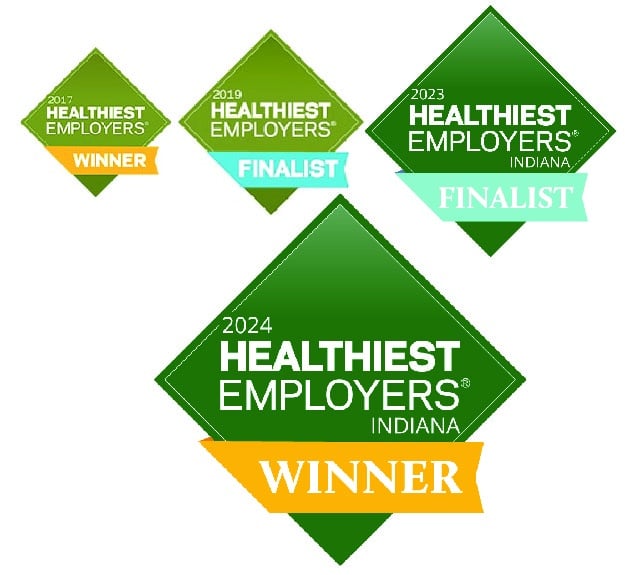Transform Your Benefits with a Direct Primary Care Model

Transform your benefits with a direct primary care model. Many employers recognize the importance of employee benefits, but with rising costs and the perceived value of traditional health plans diminishing, some employers — and employees — are searching for alternative solutions.
With a traditional healthcare model, patients are rarely seen by the doctor for more than 10 min and can usually only discuss one health concern per visit. Mention of further symptoms or issues could result in additional charges. In this setting, patients could feel rushed or may become reluctant to share an important symptom, which can lead to delayed treatments or misdiagnosis.
Access to a direct primary care provider can give employees the opportunity to speak openly with their physician, allowing patients to discuss more concerns with their doctor. Hour-long appointments to discuss previous medical conditions, mental health concerns, and dental or vision problems can lead to more accurate diagnoses and, in turn, improved healthcare affordability.
Individualized care can make a difference.
A recent case study by ImagineMD shows how a company implemented direct primary care, providing employees with high-value, cost-effective care. Specifically, several patients had improved health outcomes: three patients became pain-free after suffering from chronic pain, one patient was connected to a therapist following a history of lifelong depression, and another was able to delay a knee replacement. The study also shows significant cost savings, with $25,000 a month saved in prescription drugs alone. ER and urgent care visits were also reduced.
In another example, a patient from a separate company briefly mentioned some joint pain they had been experiencing during their hour-long preventive visit. The doctor was able to ask questions about the patient's profession, history, and how long the pain had been occurring. That information allowed the doctor to discuss supplement options that could help alleviate discomfort and support joints. This discussion was only part of the overall assessment.
Health recommendations based on a patient’s profession and history can help promote patient well-being, and accurate prevention and maintenance, which can produce cost-savings.
Identify and treat health issues earlier.
This healthcare model can be beneficial to employees and their loved ones in many ways, such as:
- Continuity of Care Developing a strong patient-doctor relationship allows physicians to provide thorough, individualized care to patients. With access to full medical history, physicians can establish and monitor trends and make recommendations based on those facts.
- Medication Management Almost 25% of adults in the U.S. take four or more prescription medications daily, according to a CivicScience poll. In a traditional healthcare model, a patient may have several doctors prescribing medication, increasing the number of prescriptions and the possibility of prescribing incompatible medications together. A primary care provider is more likely to know the number and type of medications a patient is on— and why.
- Prevention/Early Detection Longer, more thorough appointments allow the provider to have a full picture of a patient's health, helping to identify possible health problems earlier. Conditions and diseases such as heart disease, diabetes, and high blood pressure can be monitored in those at high risk and changes in lifestyle to lower risk can be recommended.
- Cost Effective Rising costs continue to be a top concern for many employers — and employees. Providing a primary care physician can offer a cost-effective strategy by eliminating insurance intermediaries, providing transparent pricing and reducing specialty and ER/urgent care visits.
While a primary care model won’t cure the rising cost of healthcare alone, it can give employees peace of mind that their healthcare is being monitored and managed closely. For employers, this model can offer businesses the opportunity to reduce healthcare overutilization, open doors to cost-saving capabilities and improve employee health and well-being.
Reach out today!
Providing comprehensive employee benefits that appeal to your workforce while staying on budget can be challenging in today's ever-changing healthcare environment. But there is a way! If you want to know more about the primary care model let’s chat.












